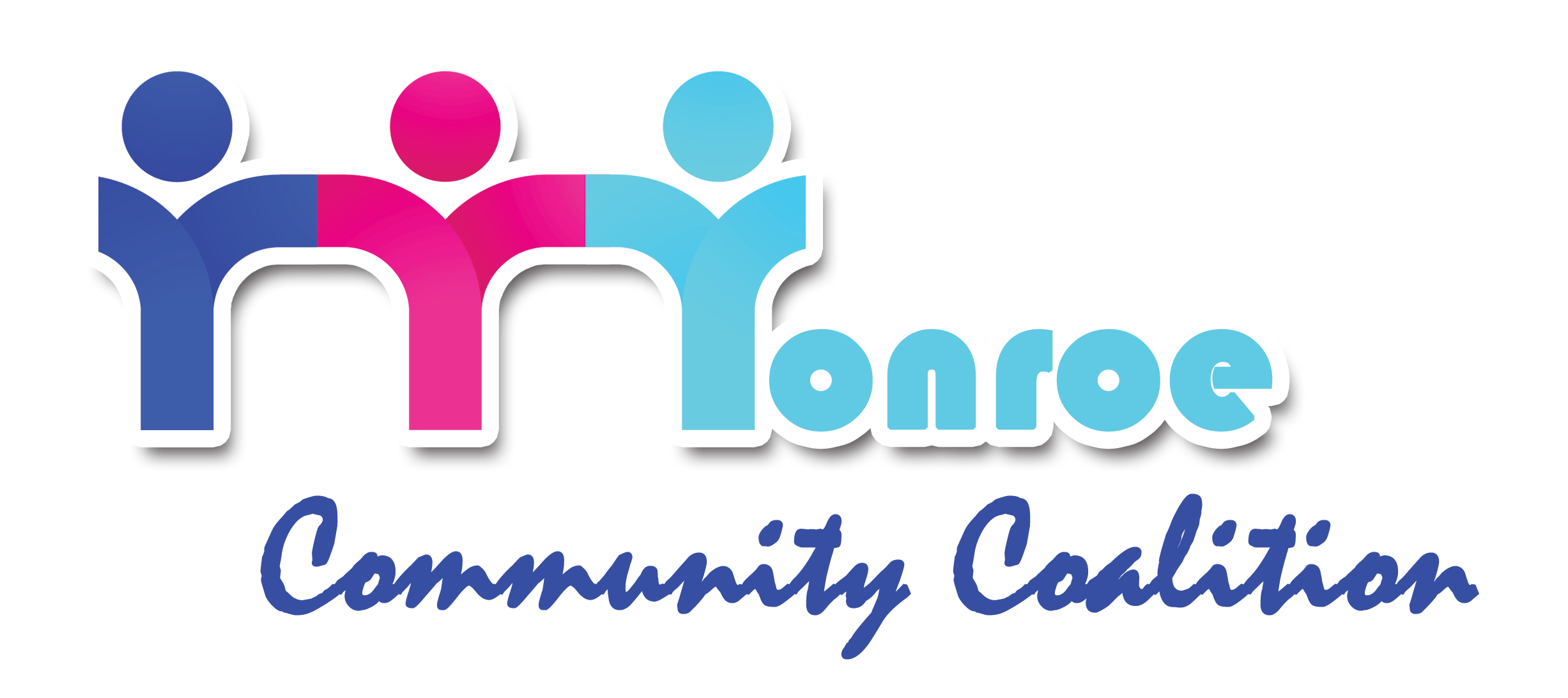LifeSkills Training Program

Botvin’s LifeSkills Training Program
The Botvin LifeSkills Training Middle School program is a groundbreaking substance abuse and violence prevention program based on more than 35 years of scientific research. Proven to be the most effective evidence-based program used in schools today, LifeSkills Training is comprehensive, dynamic, and developmentally designed to promote mental health and positive youth development. In addition to helping kids resist drug, alcohol, and tobacco use, the LifeSkills Training Middle School program also effectively supports the reduction of violence and other high-risk behaviors.
This program is aligned to the National Health Education standards and to CASEL’s social and emotional learning (SEL) competencies.
Program Learning Objectives
- Personal Self-Management Skills – Students develop skills that help them enhance self-esteem, develop problem-solving abilities, reduce stress and anxiety, and manage anger for better mental health.
- General Social Skills – Students gain skills to meet personal challenges such as overcoming shyness, communicating clearly, building relationships, and avoiding violence.
- Drug Resistance Skills – Students build effective defenses against pressures to use tobacco, alcohol, and other drugs.
Selected for the highest honors by more government agencies than any other prevention program, Botvin LifeSkills Training is the top-research based prevention program in the country.
Of the 1,544 programs reviewed by an independent panel of evaluation experts and determined to meet a clear set of scientific standards, only 3 programs are certified as a Blueprints Model Plus Program. LST is one of the Model Plus programs, meeting a higher standard and providing greater confidence in the program’s capacity to change behavior and developmental outcomes.
The Evidence
Top-Rated Substance Abuse Prevention Program
Botvin LifeSkills Training is based on more than 40 years of peer reviewed scientific research, and now holds the distinction of being the top research-based substance abuse prevention program in the country.

Sources: (1) Journal of Behavioral Medicine (1983), (2) Journal of Studies on Alcohol (1984), (3) Journal of Consulting and Clinical Psychology (1990), (4) Journal of the American Medical Association (1995), and (5) Archives of Pediatric & Adolescent Medicine (2006).
Effectiveness:
Cuts tobacco use by 87%
Cuts alcohol use by 60%
Cuts marijuana use by 75%
Cuts methamphetamine use by 68%
Cuts polydrug use by 66%
Reduces Pack-a-Day Smoking by 25%
Lowers risk for Rx & opioid misuse
Decreases Use of Inhalants, Narcotics and Hallucinogens
Reduces Violence
Reduces risky driving behavior
Demonstrates Effects on HIV Risk Behavior
Duration of Effects
Up to 12 years
Populations
Tested on White, African-American, and Latino Youth
Target Age
Upper Elementary School: Grades 3-6
Middle School: Grades 6-9
High School: Grades 9 or 10
Program Length
Elementary School Program: 24 class sessions
Middle School Program: 30 class sessions
High School Program: 10 class sessions
Program Components
Teachers Manual and Student Guide (for each year)
Providers
Teachers, Peer Leaders, or Health Professionals
Violence and Delinquency Prevention

Source: Preventing youth violence and delinquency through a universal school-based prevention approach. Prevention Science, (2006).
